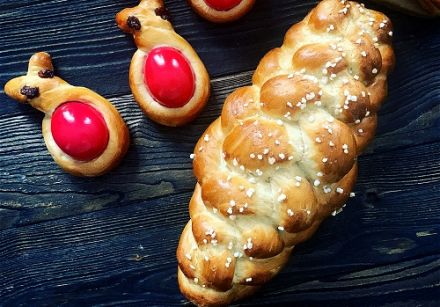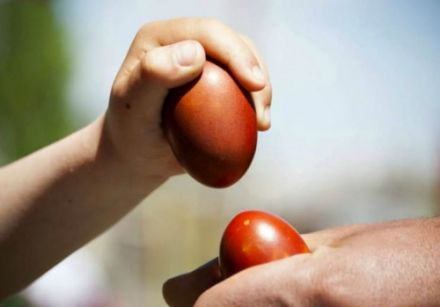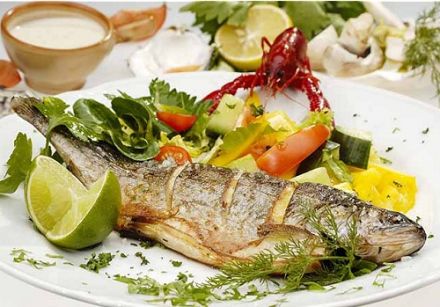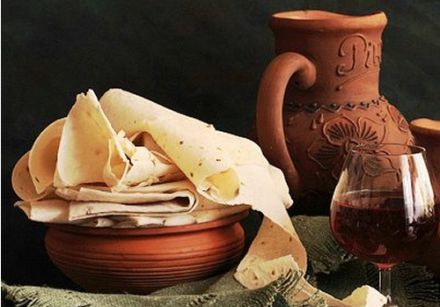 |
Celebrated annually on the first Sunday after the vernal equinox, Armenian Easter (“Zatik”) is the most important holiday of the Armenian Apostolic Church, in a country that was the first nation in the world to adopt Christianity as its official religion in the year 301.
Armenian Easter is one of the five Cardinal Feasts of the Armenian Apostolic Church. Armenians celebrate Easter in the interval from 22 March to 26 April (35 days).
During Lent, 40 days before Easter, Armenian families put lentils or other seeds to sprout on a tray covered with cheesecloth in a cool place in the house until Easter. When the little green shoots poke their nose, they announce and symbolize spring and the awakening of nature.

According to custom, on Easter Sunday, after mass, everyone receives a red egg and a Cheureg, the traditional brioche. Families and friends gather in the yard and organize the egg battle.
The egg fights are the kids’ favorite part of the holiday - you hit your opponent’s boiled egg on both sides, and whoever’s egg comes out uncracked wins and gets to play against others with the same egg, until the holder of the strongest egg eventually emerges victorious. The winner sometimes receives a prize such as big chocolate egg or bunny shaped chocolates.
As a hospitable people, Armenians always lay a special table where every dish has its own symbol and significance. In the center of the table you will always find a plate filled with colored hard-boiled eggs, usually placed on the little green shoots that have sprouted throughout Lent. Many people still prefer coloring with natural ingredients, such as using skins of red onions, or beetroot. Others prefer to paint them in bright colors with various patterns.
The Easter meal (havgitakhagh) is traditionally based on eggs, fish and vegetables accompanied by rice pilaf with dried fruits.
Although Armenians do not eat rice as often as people in Asia, during Easter, this pilaf is a must! Armenians prepare the rice with raisins: the rice symbolizes humanity and the raisins represent all Christians. The table will also include a lot of of greens like coriander, tarragon, green onions, served raw, and other greens that are boiled or cooked with eggs, and Armenian lavash bread as part of the traditional menu.

Armenian housewives serve a fish dish called ”Ishkhan” and red wine to symbolize the body and blood of Christ.
On the sweet side, nothing can replace Choerek, a sweet brioche bun, and a plate of Zadigi Kahke (cookies that are often ring-shaped).

Collaboration: https://www.iarmenia.org/armenian-easter/

-

 Recipes
Recipes
-

 Products
Products
-

 Entertaining
Entertaining
-

 Chefs
Chefs
-

 Hints & Tips
Hints & Tips
-

 Glossaries
Glossaries









